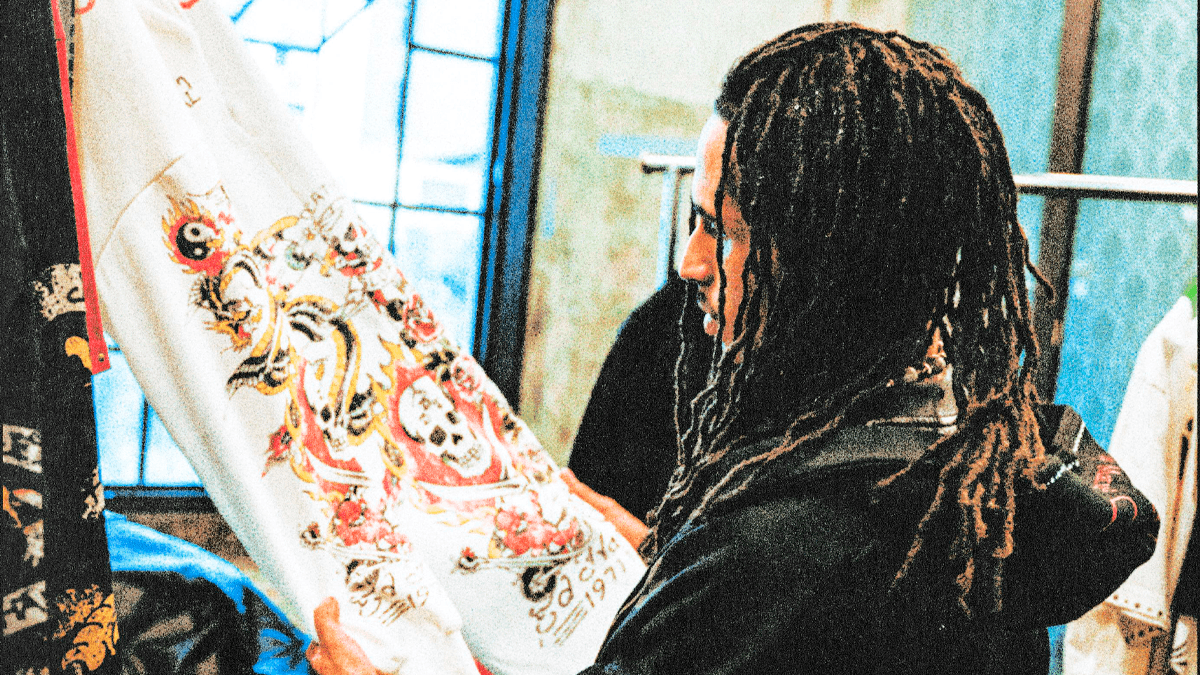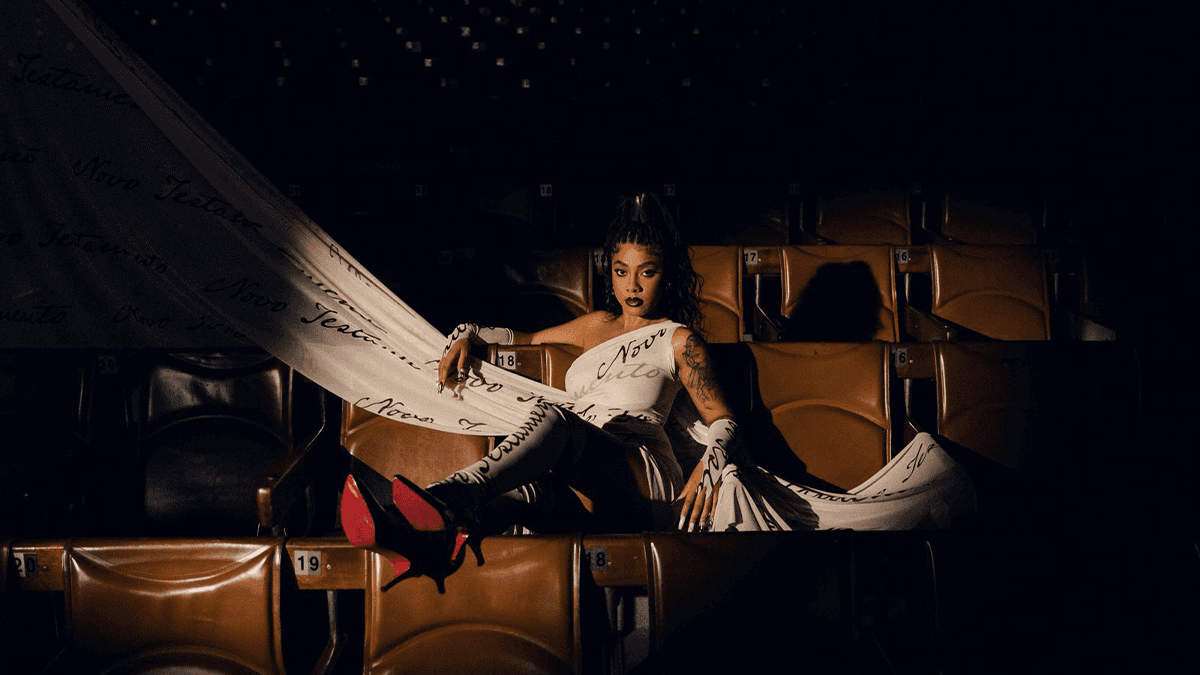The Burberry space in Hip Hop
The trajectory that links Burberry to hip-hop begins with three distinct stories that intersect.
In 1856, Thomas Burberry opened his shop in Basingstoke and placed the company at the center of British textile innovation. The British brand was born as a provider of functional clothing, creator of gabardine and the trench coats used in wars and later associated with the aristocracy. In 1879, gabardine emerged, a dense and breathable fabric that became the basis for the Tielocken and later, the trench coat worn by officers in World War I. This product engineering creates an exportable national symbol, with a royal seal and a unique visual grammar.
The famous beige, black, and red check, launched in the 1920s as an internal lining, would become one of the most recognizable visual codes of the century. For decades, it signified tradition and belonging to an elite that saw itself as the guardian of a “classic English” style.
Meanwhile, hip-hop was born in the Bronx in the early 1970s at street parties of DJs like Kool Herc, whose aesthetic and semiotic grammar fed visual languages that, decades later, would need visual codes to translate social ascent and material success.
The meeting between the British institutional symbol and the language of hip-hop was not inevitable, but it became plausible precisely because the check was visually unmistakable and, therefore, useful as a status index in a genre that made visibility a currency.
In the 1980s and 90s, the culture of hooligans and casuals shaped one of the most unexpected chapters in British fashion. Burberry, Stone Island, Aquascutum, and other brands formed a code of belonging, luxury pieces worn by working-class youth. Stone Island, Aquascutum, and other brands were part of this same circuit, but Burberry was marked as the one that suffered the most from the association. By the late 1990s and early 2000s, the mass adoption of this usage led to the check being banned in pubs and nightclubs for being associated with violent fan behavior.

This displacement is fundamental to understanding Burberry's future approach to British rap.
Meanwhile, in New York, another movement was building the grammar that would connect luxury and hip-hop. In Harlem in the 1980s, Dapper Dan reconfigured the construction of brands like Gucci, Louis Vuitton, and, occasionally, Burberry, transforming them into jackets, tracksuits, and accessories tailored for rappers and athletes.
His shop was a laboratory; European luxury, untouchable for much of the American black youth, allowed for the widening of usage possibilities, as well as enabling this part of the population to engage with niche clothing that was hard to access.
In the 2000s, therefore, the explicit adoption of Burberry by R&B and rap artists articulates this genealogy to other vectors.
Ja Rule in Always On Time uses a bucket from the brand with the check only on the interior side of the piece, however, the touch was precisely to fold the brim to draw more attention to the check than to anything else.
Between this and other appearances, this movement created, on one hand, a new direct and tangible demand for Burberry products in previously underexplored markets and, on the other hand, a problem of saturation and counterfeiting that contributed to a degradation of prestige in certain segments.
Christopher Bailey, who took over as creative director in 2001 and later the role of CEO, had to deal with this saturation. His initial strategy was defensive, reducing the brand's omnipresence and trying to recover the previous institutional positioning.
But as time passed, it became clear that there was no way to erase the association with the street.
In 2017, when Stormzy released Gang Signs & Prayer and appeared in the front row of Burberry's September show, still under Bailey's direction, it became clear that the swarm of artists and figures from the scene led the brand's internal organization to seek a relationship with this side of the conversation, rather than pursue distance. In February 2018, Skepta appeared in Bailey's last collection, consolidating the relationship created and denied all this time.

Years later, we would see names like Aj Tracey, Central Cee, and even local rappers like Sainté using the brand daily, a factor stemming precisely from this moment in history.
The definitive turning point would come when Riccardo Tisci took over as creative director in 2018. Known for his work at Givenchy, where he brought high fashion closer to rap through the affinity created with Kanye West, Jay-Z, and A$AP Rocky, Tisci brought the same logic to Burberry.
The arc of this story shows how symbols can change hands without losing relevance. In this case, European luxury, adopted by a class for years, was the primary point for the status codes that hip-hop appropriated as a narrative of mobility and power.
Music today is able to generate a generational legitimacy, also creating the need to reconcile this involvement with contemporary demands for transparency and accountability.
See others like this





